Western Sydney University: Wind Turbine Blade Design Project
VerifiedAdded on 2022/10/19
|18
|1140
|204
Project
AI Summary
This project, submitted by a Master of Mechanical Engineering student at Western Sydney University, focuses on designing optimal wind turbine blades for the Australian climate. The project begins with an abstract outlining the importance of wind turbine blade design in renewable energy generation. It then explores the classification of wind turbines, comparing Horizontal Axis Wind Turbines (HAWT) and Vertical Axis Wind Turbines (VAWT) based on wind direction, efficiency, mechanical complexity, and suitability. The project presents four design concepts, including straight horizontal blades, vertical axis blades with whale flaps, portable vertical blades, and wide horizontal blades, evaluating their advantages and disadvantages. Concept 1 is selected. The project includes calculations for power and power coefficient, as well as a discussion of the tip speed ratio. A 3D model and CFD (Computational Fluid Dynamics) analysis are planned to determine lift and drag forces. The final report will include an introduction, literature review, methodology, results, discussion, conclusion, references, and an appendix.
1 out of 18
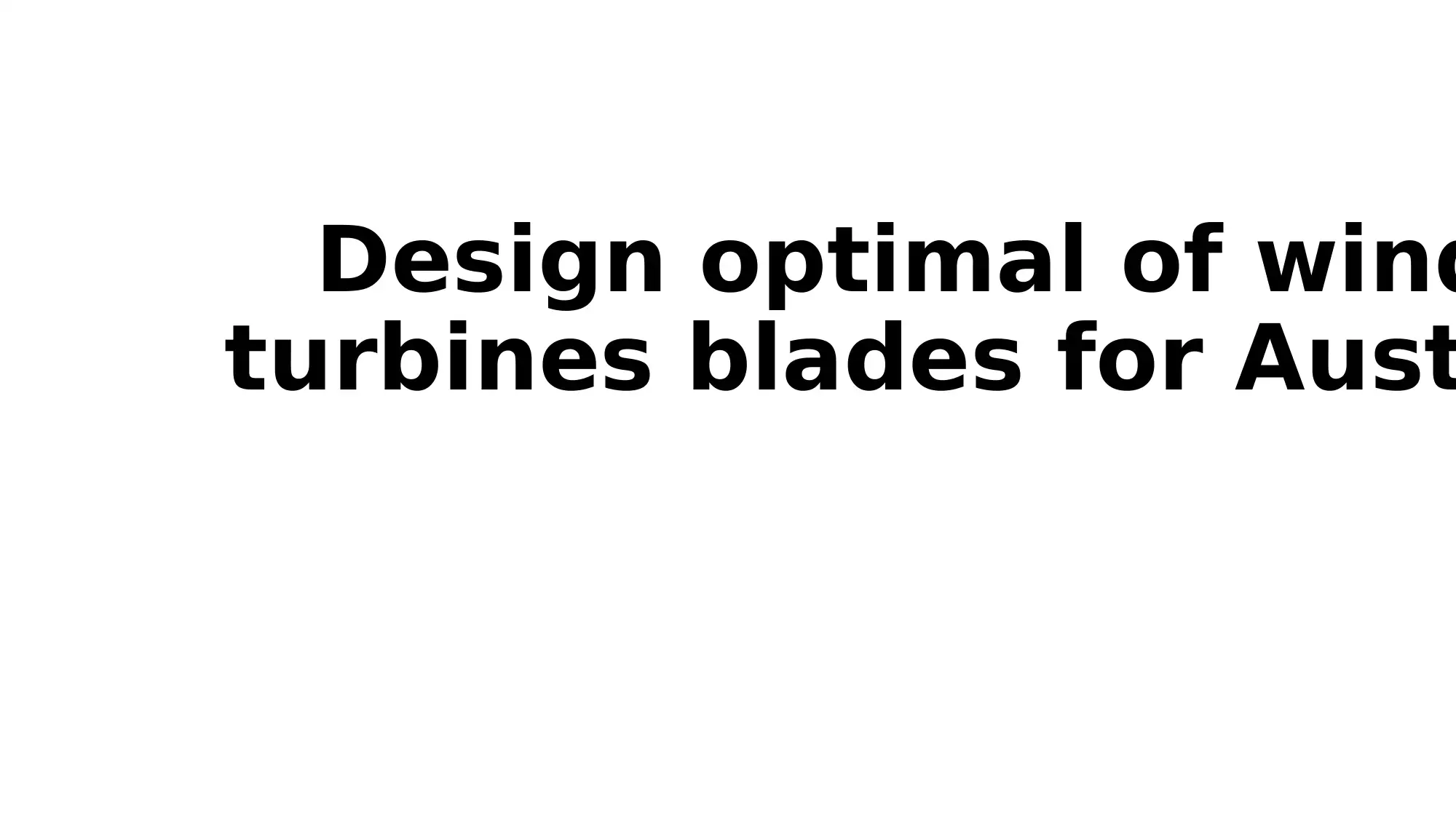
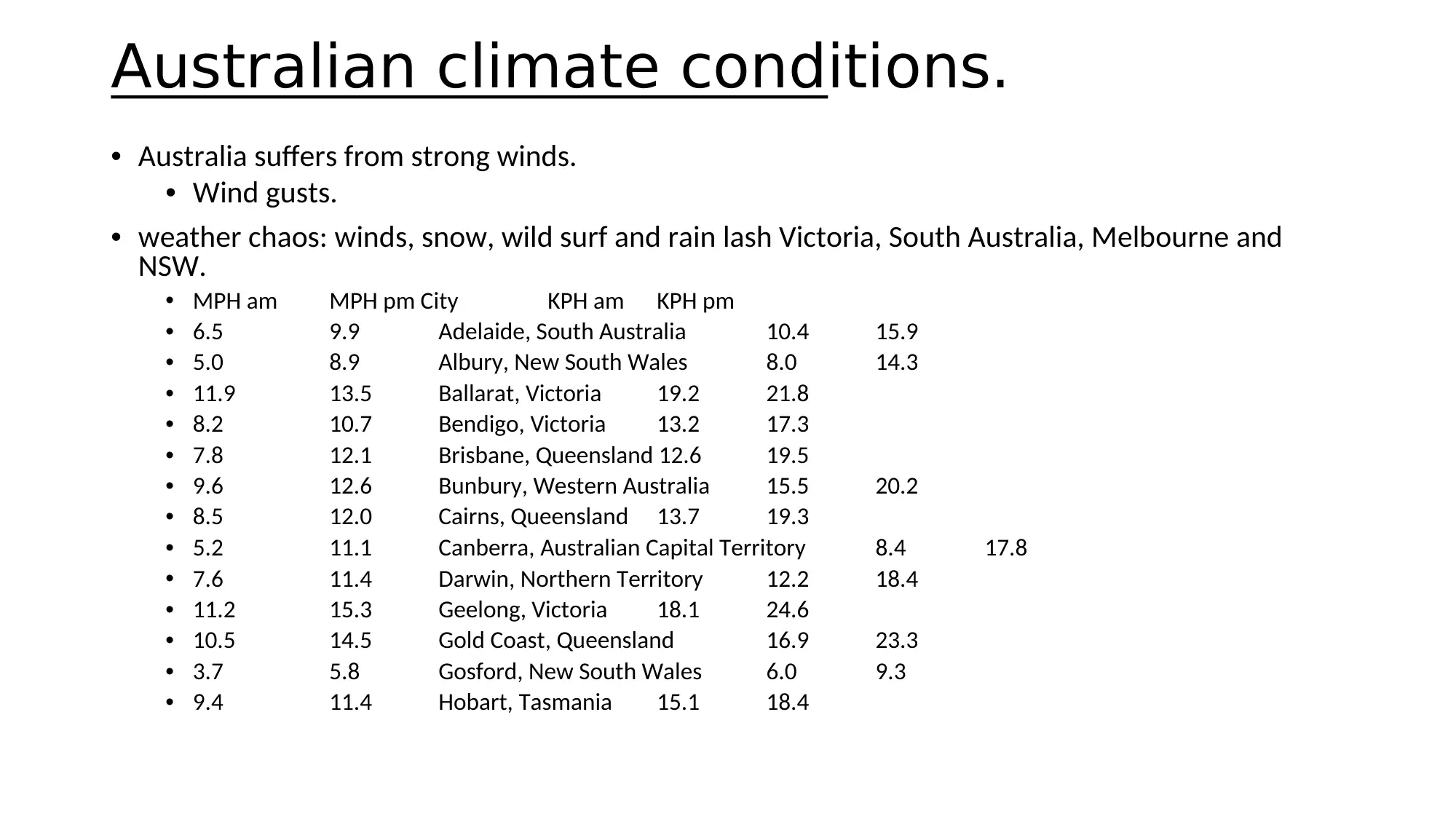
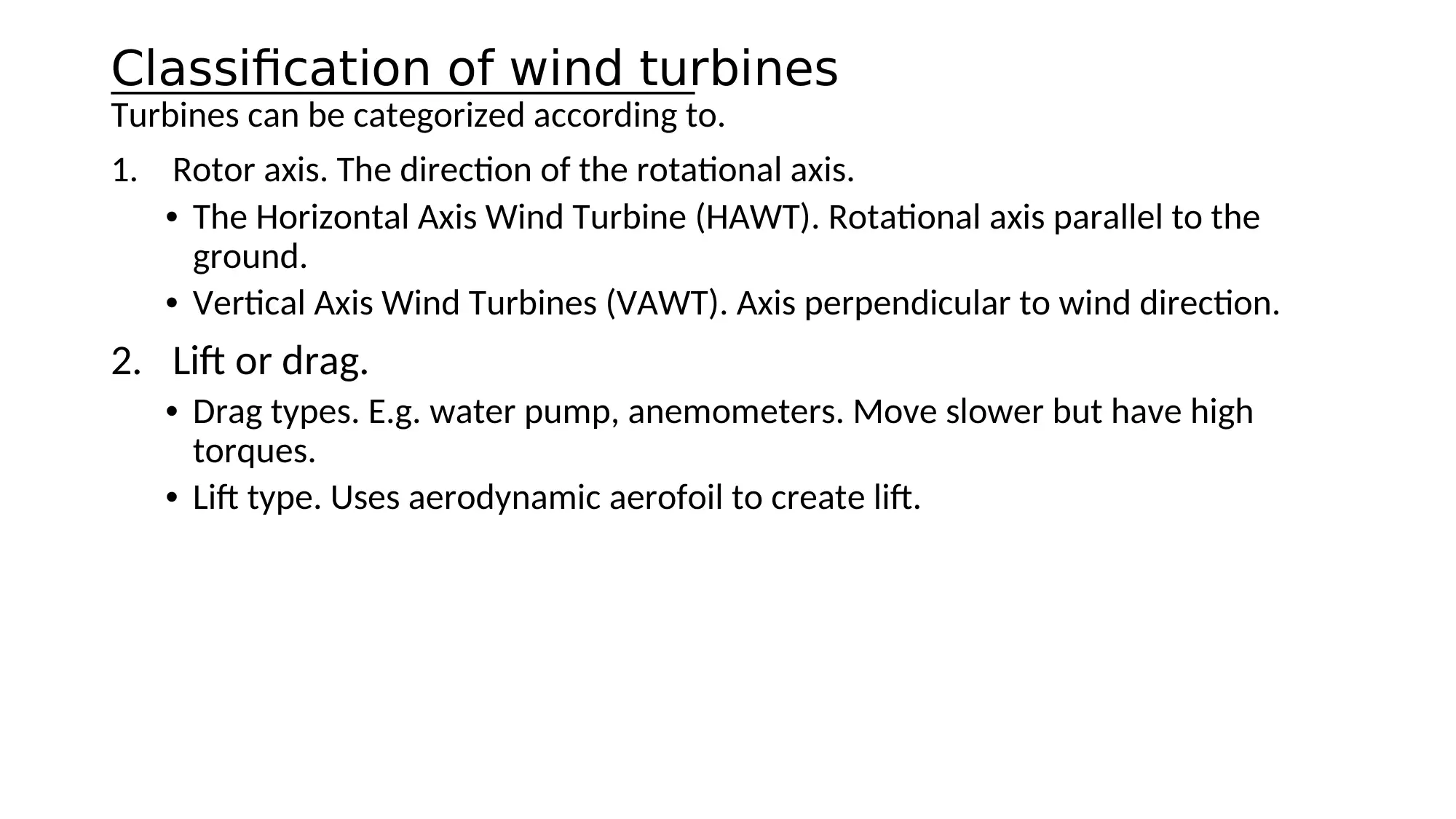

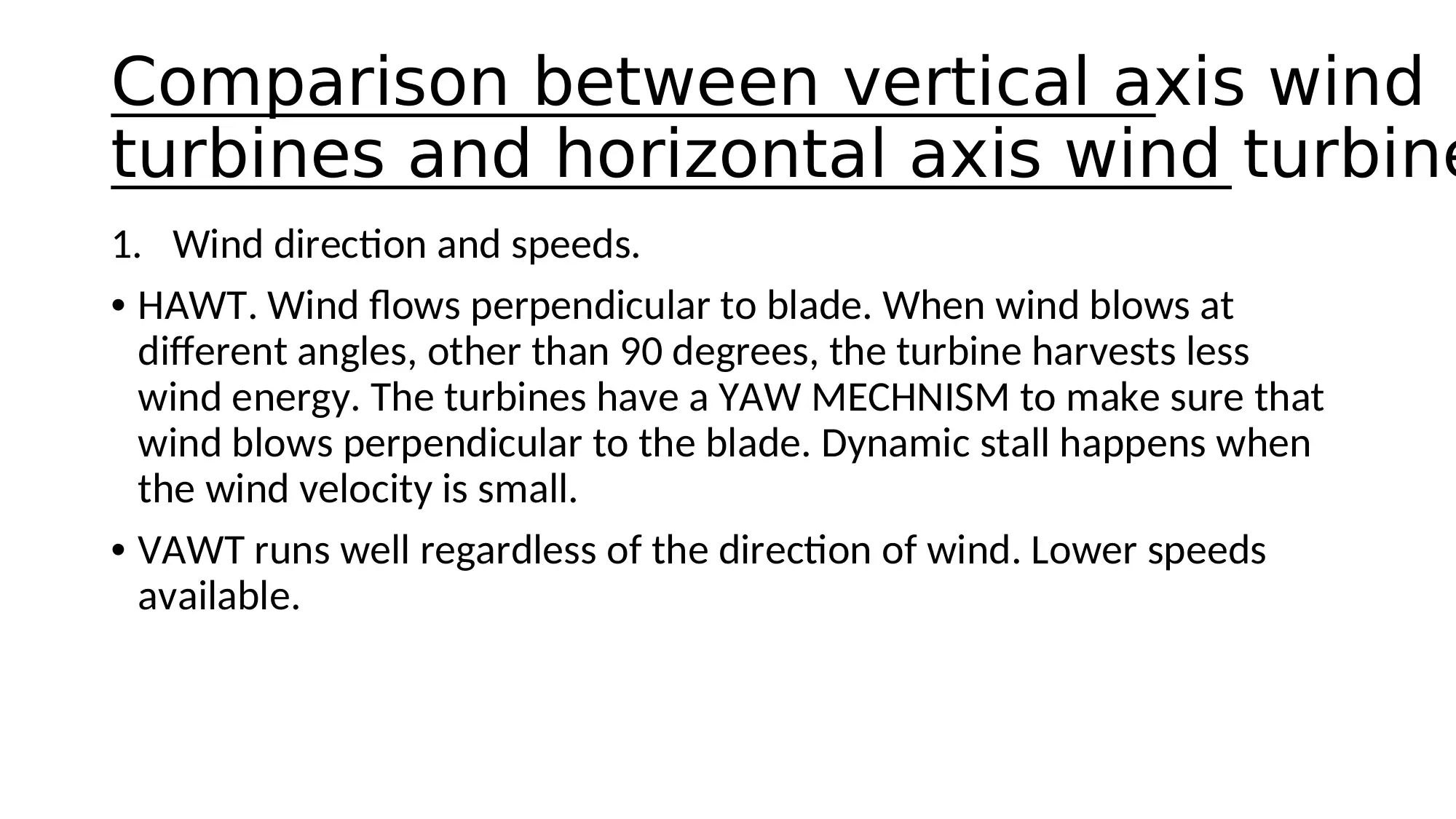
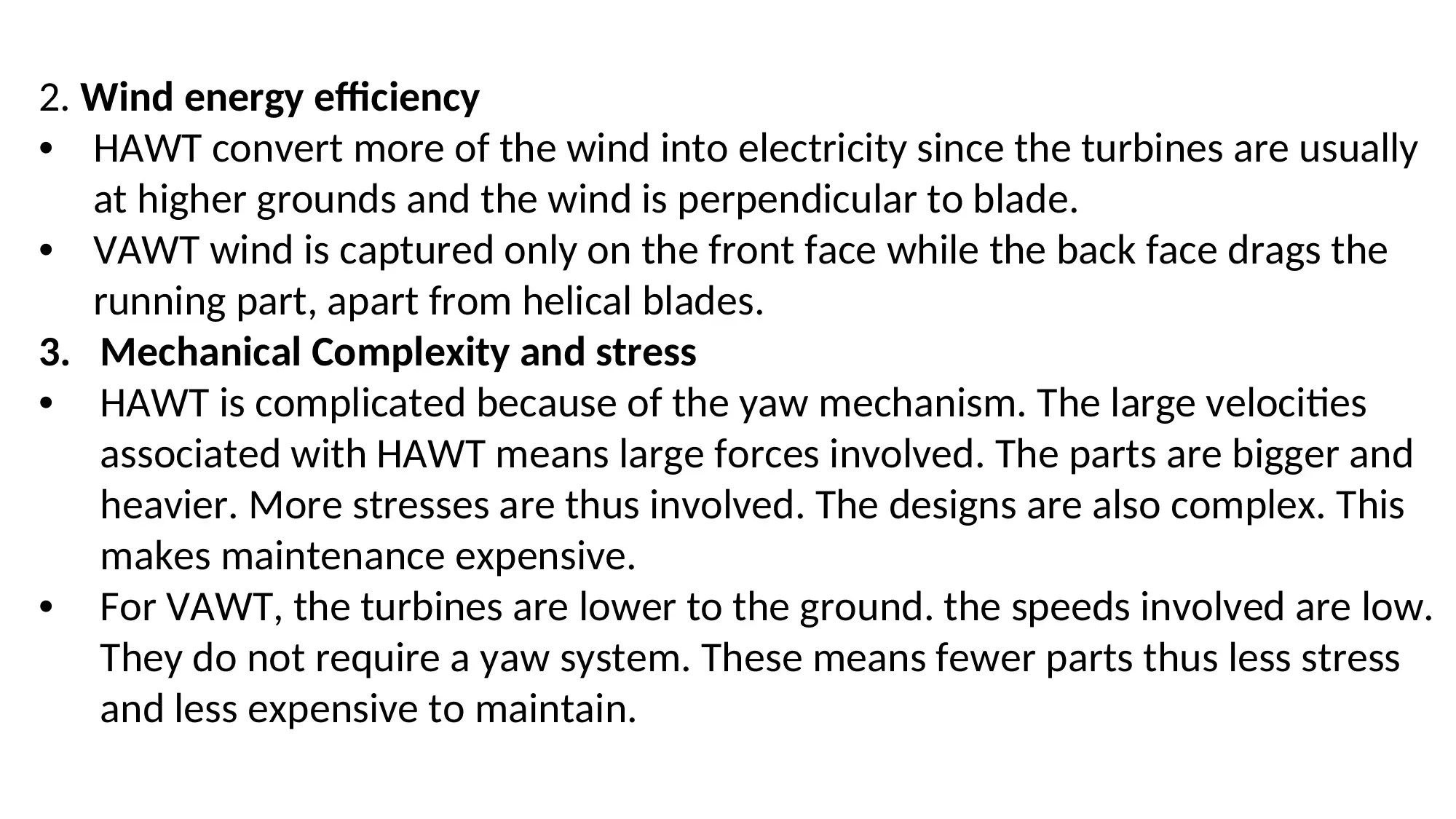
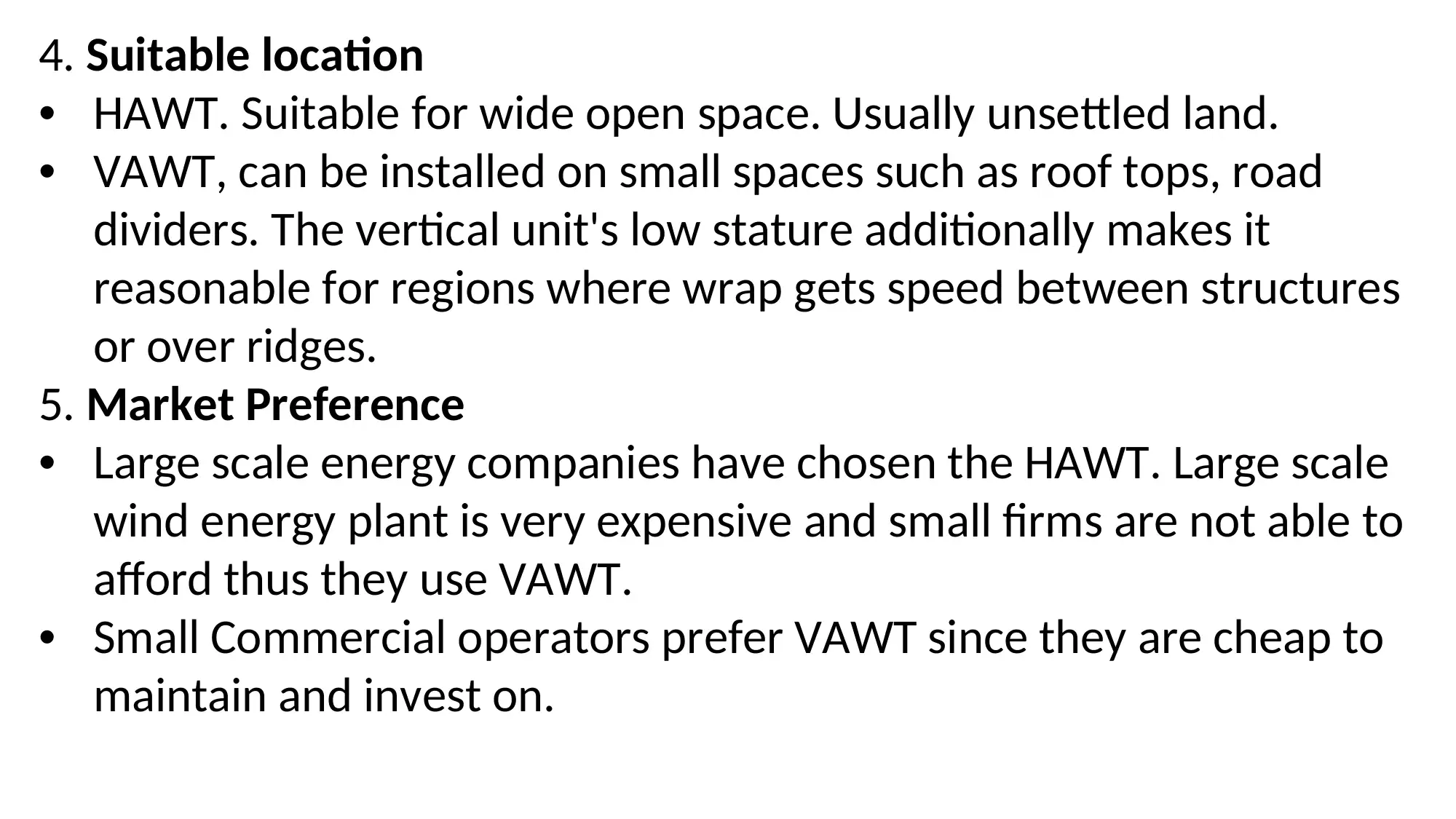
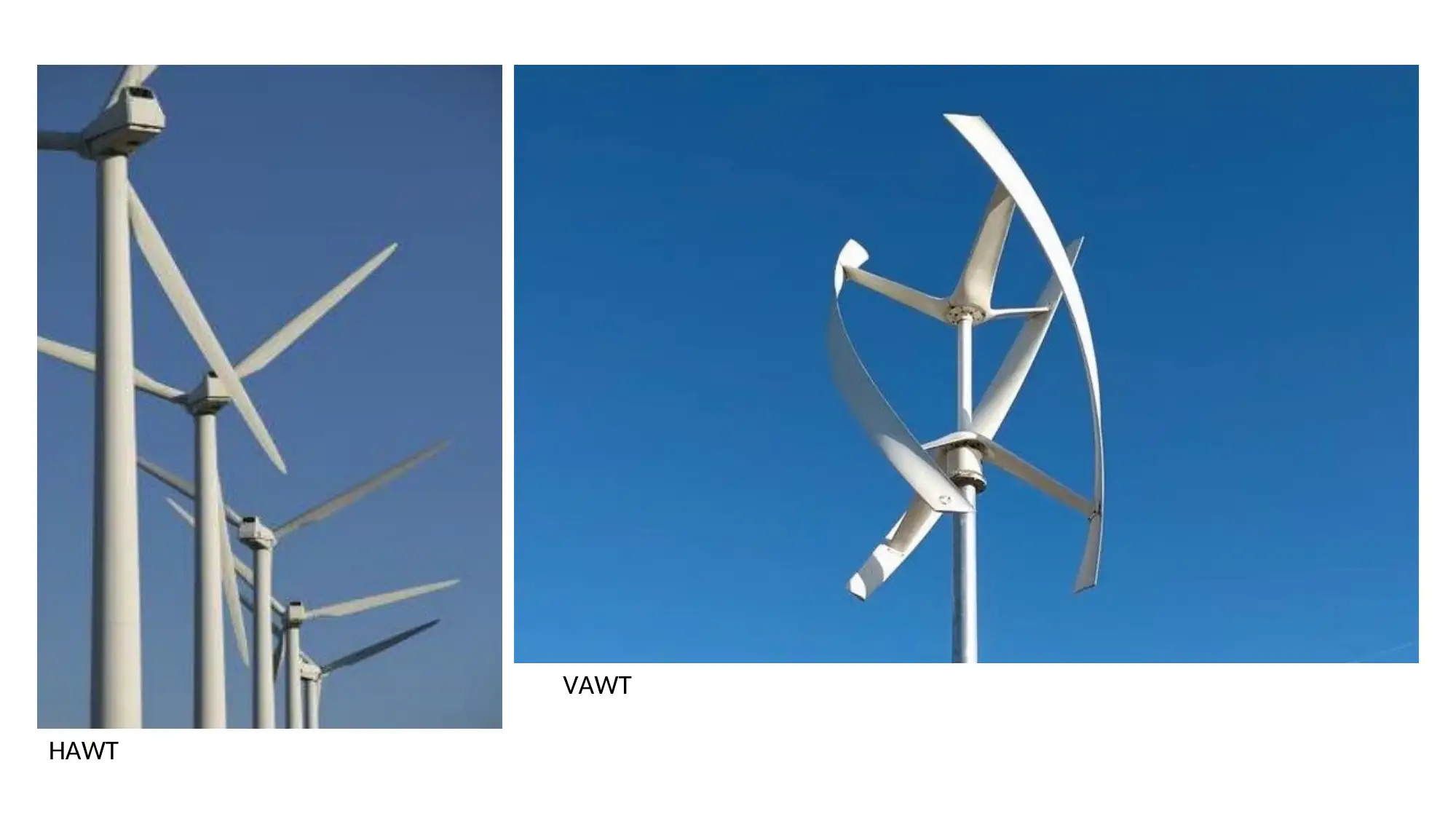
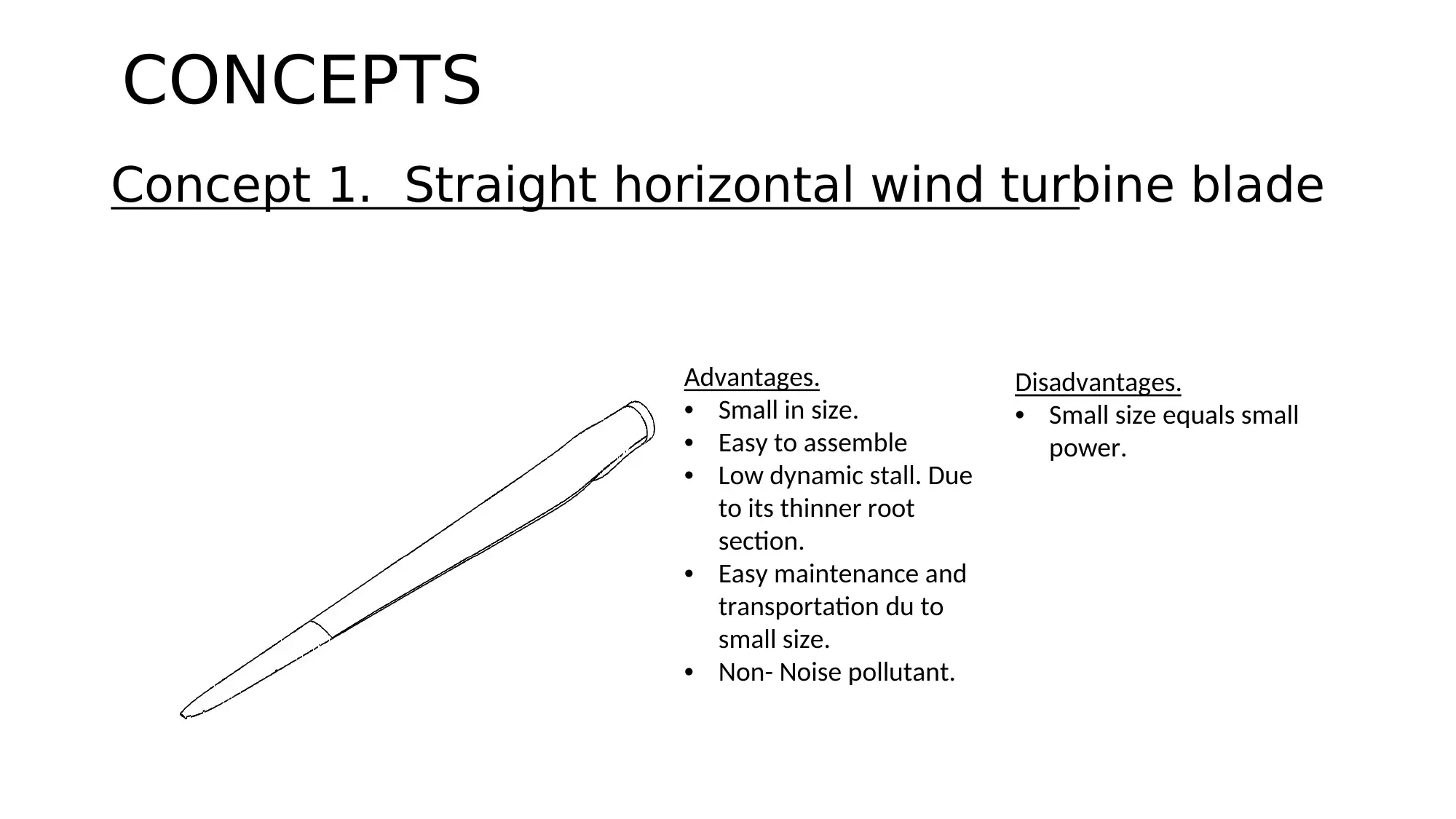
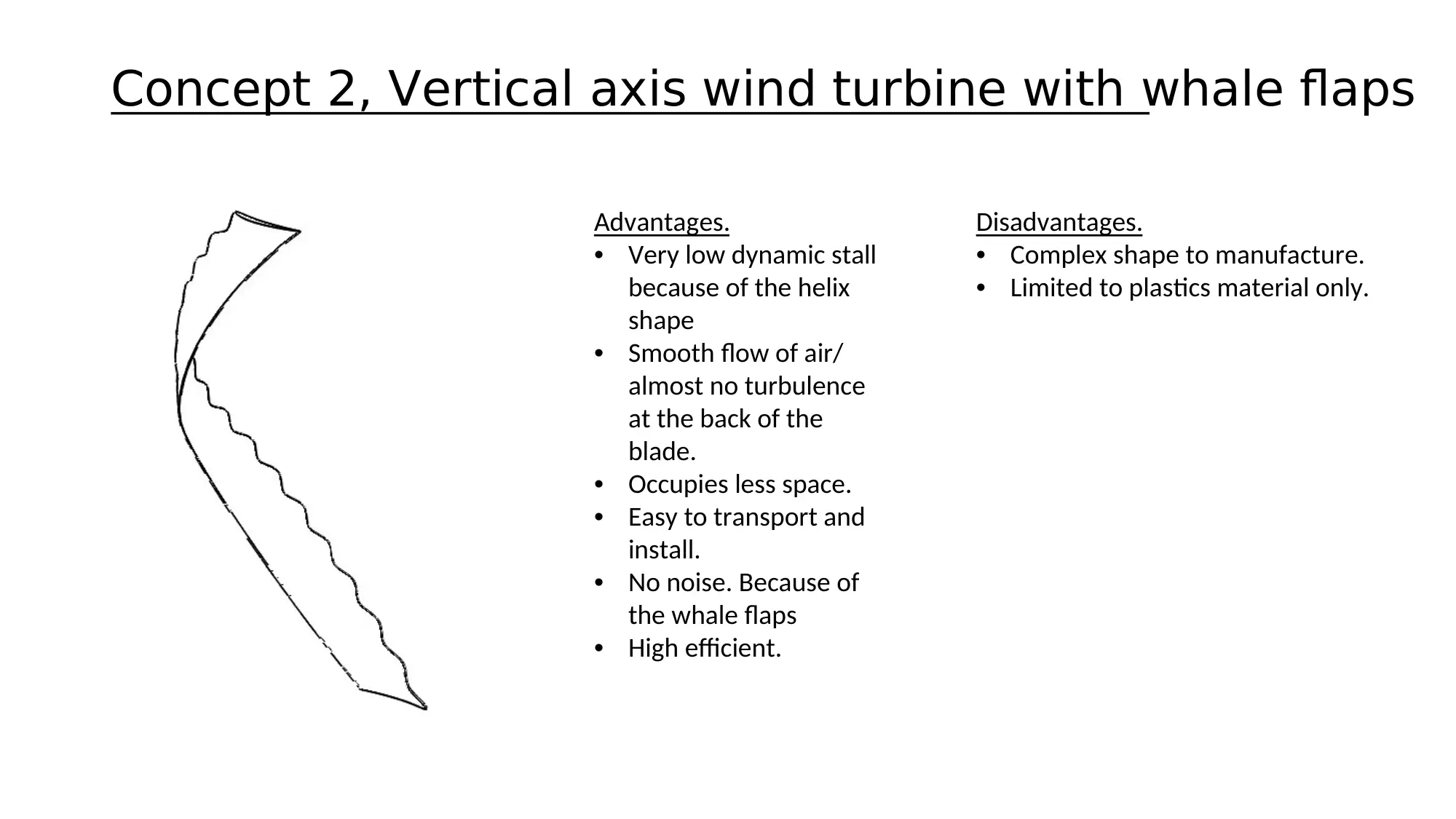
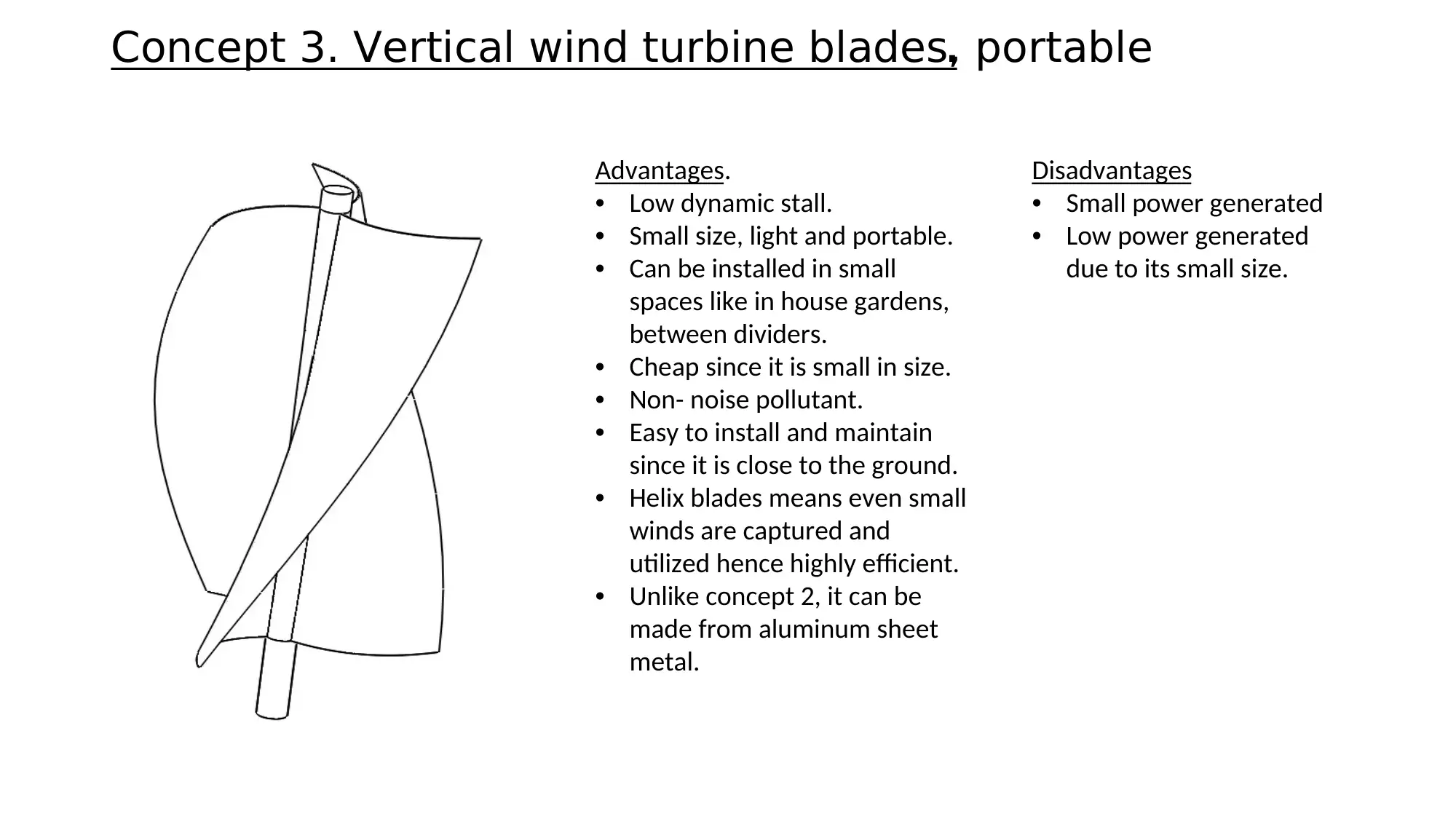
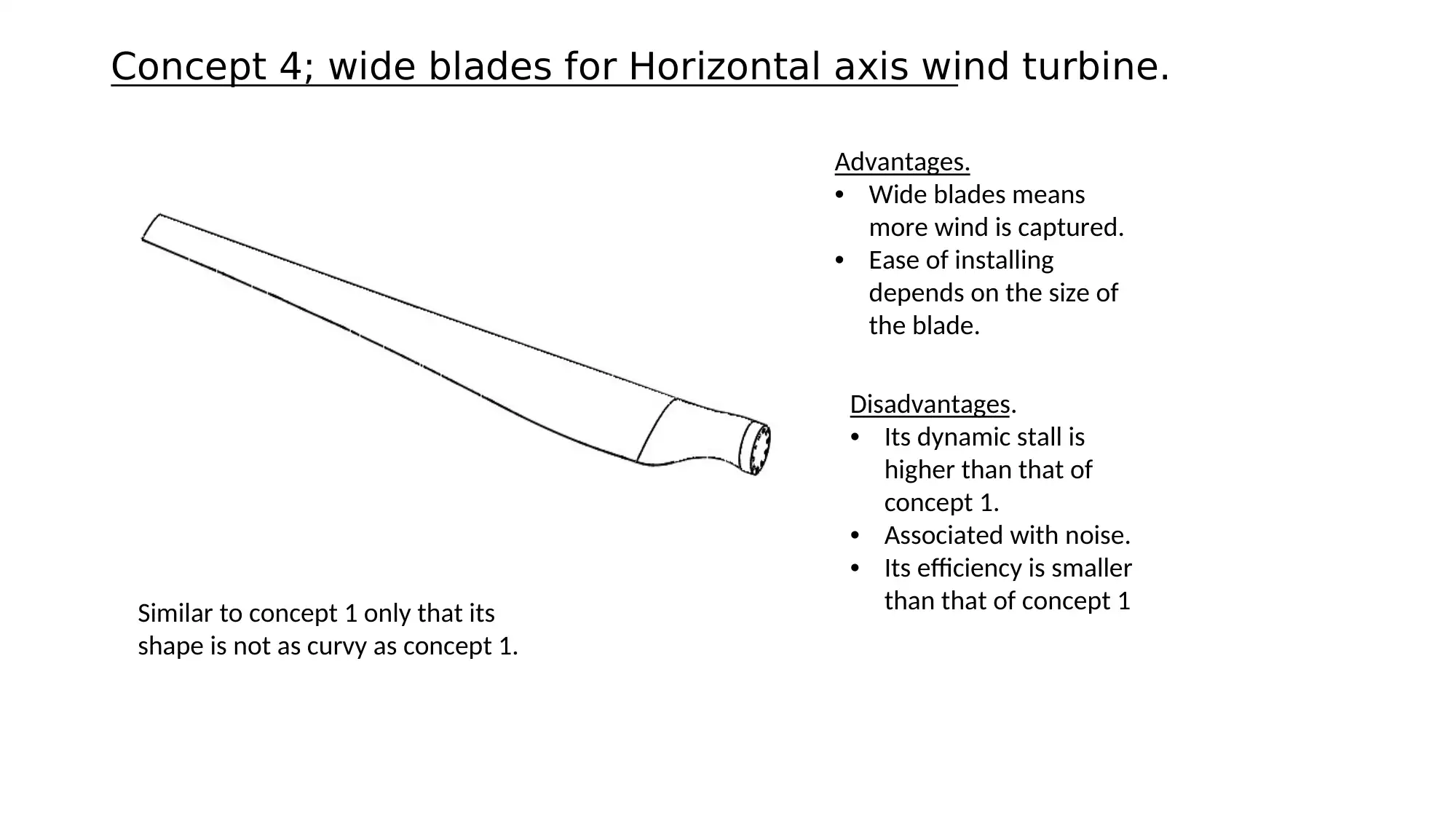
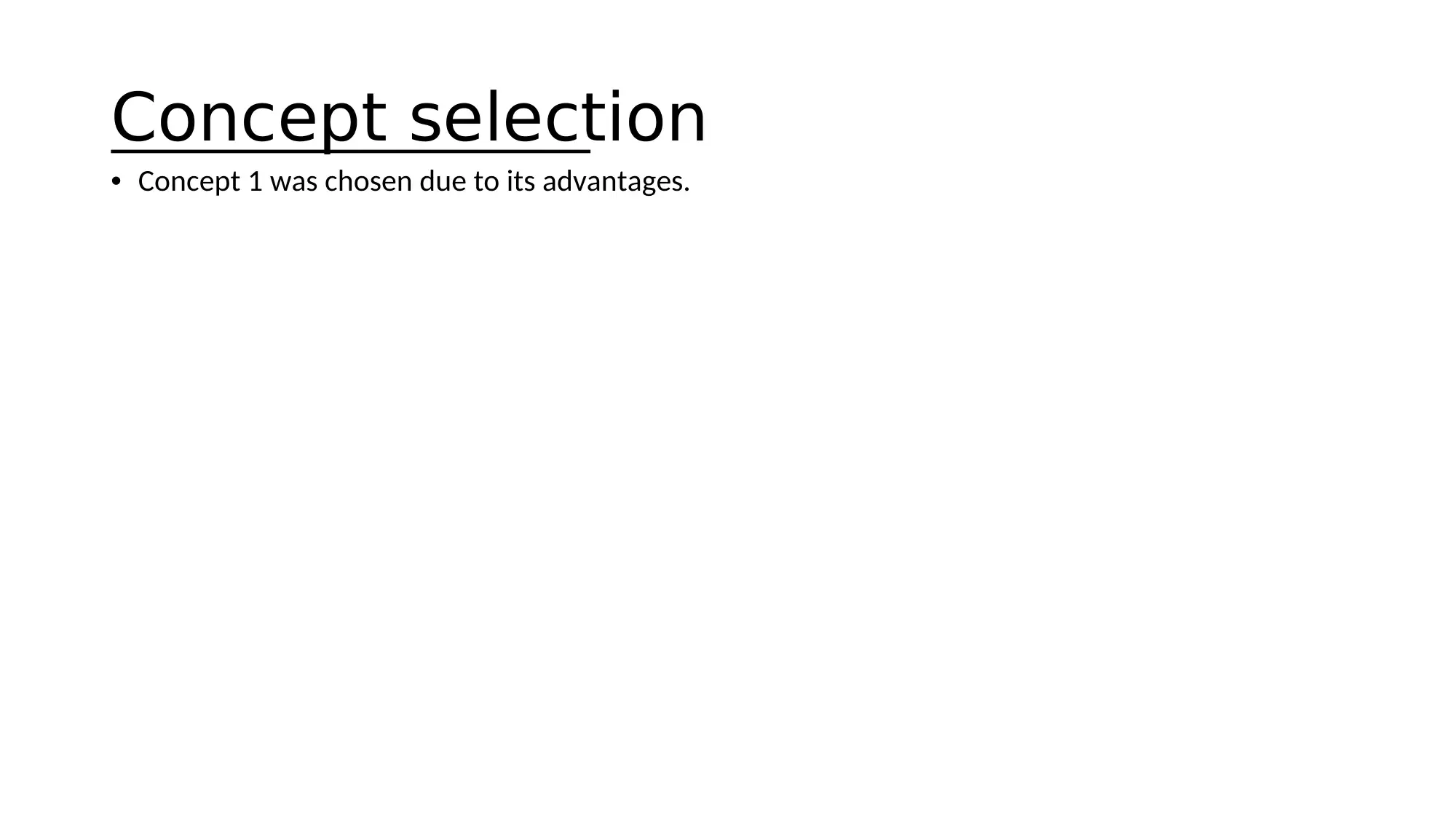
![[object Object]](/_next/static/media/star-bottom.7253800d.svg)